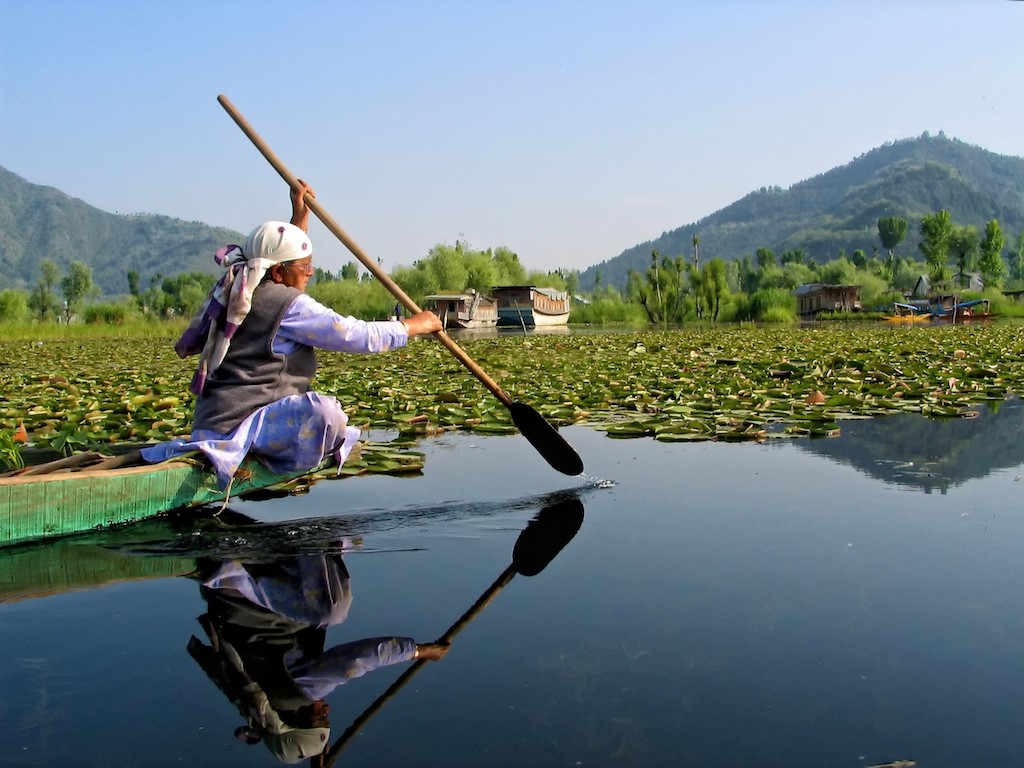Poverty in India and Pakistan

A man from India and a man from Pakistan stood proudly together representing their nations at a T-20 Cricket World Cup game in 2012. This is significant, as, in the year 1947, after India became independent from the British Empire, the Muslim minorities in the nation felt that they were experiencing underrepresentation and demanded partition. As a result of their religious divisions, India and Pakistan became two sovereign nations. About 70 years later, their harsh differences continue to exist. It is important to note that despite their religious and lingual difference, their poverty rates are both high. In India, about 21.9% of people lived below the poverty line as of 2011. Meanwhile, in Pakistan, about 24.3% of people lived below the poverty line as of 2015.
Religious Divisions
The main reason behind India’s partition was its religious divisions. Due to the Hindu majority within the government, the Muslim minorities felt that the government policies would only benefit the Hindus. Moreover, they also felt that the government would misrepresent them. Muhammed Ali Jinnah, a Pakistani politician, led Pakistan and developed a Muslim majority nation, while Jawaharlal Nehru, India’s first prime minister, developed a Hindu majority of India. Religion became the foundation of the partition movement. Many still view it as the basis of the conflict between the two nations.
Poverty in India
A common cause of poverty in both nations is hunger, unemployment and lack of education. In India, about 200 million people do not have access to decent food. In addition, the lack of employment with proper wages is difficult to access, since many Indian people live in small rural villages. UNICEF revealed that about 25% of children in India do not have access to education in India. In fact, often girls in India have to learn household jobs. Due to this unequal treatment of women, it is difficult for them to find jobs with a good wage.
Poverty in Pakistan
Pakistan has seen a similar trend to India. Typically, women and children find it really difficult to find access to food. Due to inflation, many resources are simply unaffordable.
In terms of employment, many Pakistani citizens live in rural areas. Consequently, they do not have access to proper jobs. Many who have jobs do not have proper wages. Moreover, about 90 million people lived on less than $2 a day in 2011. This makes poverty harder to overcome.
Inequality amongst women and young girls also increases poverty levels. Like India, women have to learn household tasks so that they have experience when they marry. Additionally, people often look down on women who work outside the house. Efforts to educate women have made a significant impact on this. Other influences on poverty include violence, ongoing conflicts with terrorist groups, malnutrition, infant mortality rates and child labor.
Solutions to Poverty in India
In India, the government is working to combat poverty in a variety of different ways. An initiative the government has launched to help decrease poverty is Pradhan Mantri Awas Yojana or Housing For All. It focuses on providing the poor with affordable housing. Additionally, the program tries to empower the women by mandatorily making them the owner or co-owner of the house. Another program that the government launched is the Atal Mission For Urban Rejuvenation and Transformation. This program focuses on improving infrastructure and developing a proper sewage network, along with better water supplies for urbanization. In addition, the nation gets support from international organizations such as the U.N.
Solutions to Poverty in Pakistan
Pakistan’s government is also working effectively to decrease poverty levels. A program that the Pakistani government launched to help combat poverty is known as the Benazir Income Support Program. It focuses on assisting the poor financially. The program is essentially a cash transfer program that forces on reducing poverty and elevating the status of marginalized and underprivileged communities. Additionally, Pakistan receives plenty of support from international organizations such as USAID and the World Bank.
– Krishna Panchal
Photo: Flickr
